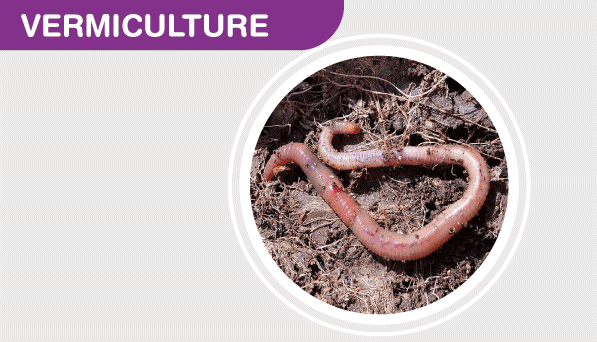Introduction
When it comes to farming, the old adage “you reap what you sow” rings true, but it’s equally important to consider what you’re sowing your seeds into – the soil. Soil is the foundation of agriculture, and its health directly impacts crop yield and quality. This is where the science of soil testing comes into play. In this comprehensive guide, we will explore how soil testing can significantly improve crop yield and why it’s an essential practice for modern farmers.
The Importance of Soil Testing
Soil testing is the process of analyzing a soil sample to determine its composition, nutrient levels, pH, and other essential characteristics. This analysis provides farmers with valuable insights into the condition of their soil, allowing them to make informed decisions regarding fertilization, irrigation, and crop selection. Here are some key reasons why soil testing is crucial for agriculture:
Nutrient Management: Different crops require specific nutrient levels for optimal growth. Soil testing helps farmers identify nutrient deficiencies or excesses, enabling them to apply fertilizers more efficiently and reduce wastage.
pH Balance: Soil pH significantly influences nutrient availability to plants. Soil testing reveals the pH level, allowing farmers to adjust it if necessary, ensuring that crops can access essential nutrients.
Cost Efficiency: By tailoring fertilization and irrigation practices to the soil’s actual needs, farmers can reduce input costs while maintaining or even increasing crop yields.
Environmental Impact: Excessive use of fertilizers can lead to nutrient runoff, which can harm water bodies and ecosystems. Soil testing helps minimize environmental damage by preventing over-fertilization.
Methods of Soil Testing
Soil testing involves several steps, from sample collection to laboratory analysis. Here’s an overview of the typical soil testing process:
Sample Collection: Farmers or agronomists collect soil samples from various locations within a field. These samples should be representative of the entire area under cultivation.
Sample Preparation: Collected soil samples are air-dried, crushed, and sieved to remove debris and ensure uniformity.
Laboratory Analysis: The prepared samples are sent to a soil testing laboratory, where they undergo various tests. These tests include nutrient analysis, pH measurement, organic matter assessment, and sometimes heavy metal testing.
Interpretation: Once the results are obtained, experts interpret them and provide recommendations based on the specific needs of the crops to be planted.
Actionable Insights: Farmers use the recommendations to make informed decisions about fertilization, lime application, and other soil management practices.
Improving Crop Yield with Soil Testing
The primary goal of soil testing is to enhance crop yield and quality. Here’s how soil testing achieves this:
Optimized Nutrient Management: Soil testing reveals nutrient deficiencies or surpluses, allowing farmers to apply the right amount and type of fertilizers. This targeted approach ensures that crops receive the nutrients they need for optimal growth.
pH Adjustment: If soil pH is too high or too low, it can lock up essential nutrients, making them unavailable to plants. Soil testing helps identify pH imbalances and guides the application of lime or sulfur to correct them.
Crop Selection: Based on soil test results, farmers can choose crop varieties that are better suited to the soil’s characteristics. This can lead to improved yields and crop resilience.
Reduced Environmental Impact: By avoiding over-fertilization and nutrient runoff, soil testing contributes to environmentally sustainable farming practices.
Challenges and Considerations
While soil testing is highly beneficial, it’s essential to consider a few challenges and considerations:
Sampling Variability: Soil composition can vary within a single field. Collecting representative samples is crucial to obtain accurate results.
Cost: Soil testing can incur expenses, including sample collection, laboratory analysis, and the purchase of recommended inputs. However, these costs are often outweighed by the benefits of increased crop yield and reduced inputs.
Regular Monitoring: Soil conditions can change over time due to factors like weather, crop rotation, and management practices. Regular soil testing ensures that farmers are always working with up-to-date information.
Conclusion
The science of soil testing is a game-changer for modern agriculture. It empowers farmers with the knowledge they need to make informed decisions about soil management, leading to improved crop yield, reduced environmental impact, and greater sustainability. In an era where efficient and sustainable agriculture is paramount, soil testing is a crucial tool that can make all the difference in the world.
So, whether you’re a large-scale farmer or a small-scale gardener, consider investing in soil testing to unlock the full potential of your land and contribute to a more sustainable and productive future in agriculture.






